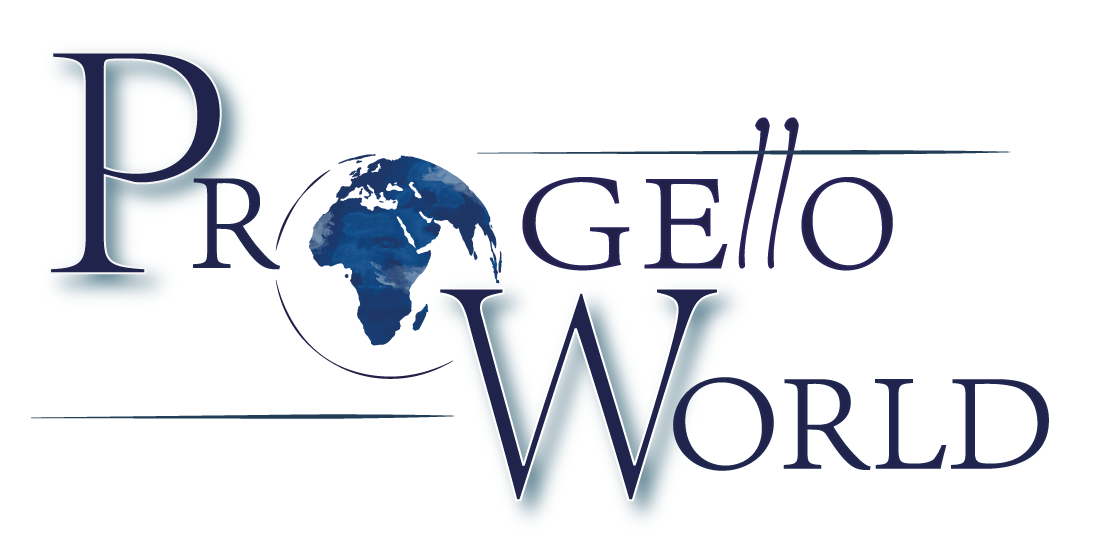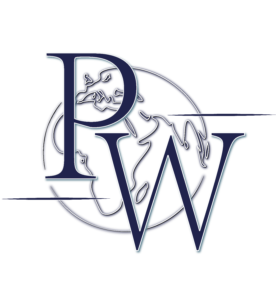As can be seen from the attached power point, the effects of globalization are revolutionizing transport and logistics at a global level with the entry into service of the new 22,000 TEUs container ships (today the maximum capacity was 14,000 TEUs, with some 18,000 TEUs) that will revolutionize the world of maritime transport.
The traditional ports will undergo major changes, under penalty of their exclusion from the world sea lanes.
The leap of scale from the current container ships to the new ones allows savings of 10% in maritime transport.
CISVAM is pleased to present the proposal of the new Far East route – Arabian Peninsula – Europe – North America studied by the Associate Port & Territory Srl of Genoa,
which reduces travel times compared to current routes, which are:
Far East – Rotterdam, 40%;
Far East – North America (via Transatlantica), 30%;
Far East – Rotterdam, (via Transpacifica), 17%,
all values far superior to the savings of 10% obtained with the revolution brought by the new Super Porta Containers of 22,000 TEUs.
This new route, which re-proposes the already tested “landbridge” Los Angeles / Long Beach – New York in the USA and others between the Costa Pacifica (West Coast) and the Atlantic one
(East Coast) of North America (which connect the sea routes with a land line of 4,000 km), is really competitive with respect to all current and future routes (including the very new Trans-Siberian and trans-Asiatic ones, of rail link between China and Europe).
The Arabian Dry Channel would have enormous advantages, from the point of view of costs and time of transfer of goods, also from a political point of view.
As you can see, the geological process leads to an approach of the lands of Europe with the lands of the Arabian Peninsula (Pangea).
The effects of this new route will produce an acceleration of this process, leading to an exchange of commercial (and therefore cultural and social) relations between the peoples of the
Arab and EU countries.
Our proposal could certainly be the most competitive from the point of view of economies of scale, but also the most feasible in the shortest possible time, because,
it would not need big investments (the railway lines are already there, as well as the sea lines: it is enough to organize them in the logic of our project) and, therefore, quickly achievable.
The port of Doha would become the Hub for the Arabian Peninsula and a major hub of the entire route, becoming, with this strategic position, the central point of the process of commercial, cultural and political relations between the Arab countries, the European Union , Asia and North America and, consequently, the pole of a (strongly hoped for) pacification process shared not only in the entire Arabian Peninsula, but also in the whole Mediterranean and in other Regional Areas.
Ing. Roberto ZANOVELLO
[wpdm_package id = ‘458’]

